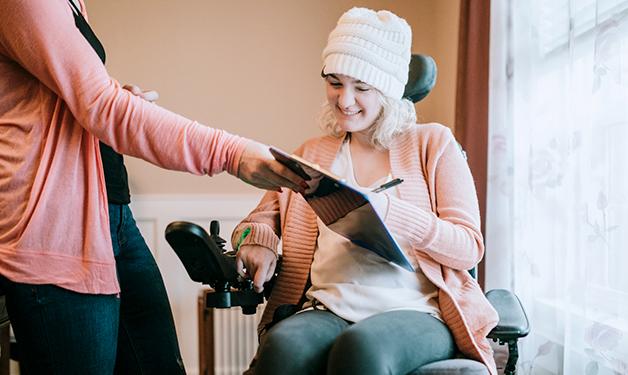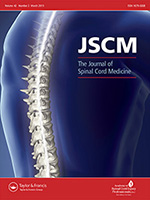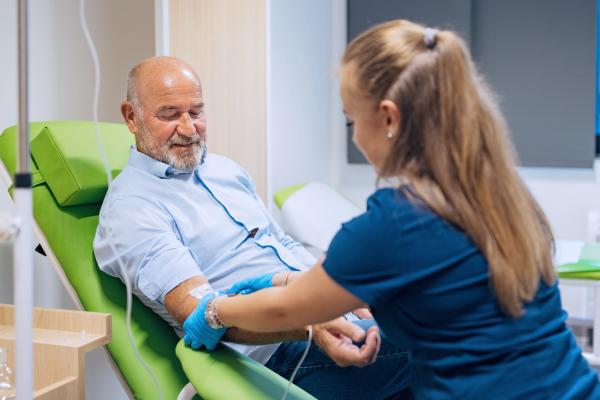
Patients with early stage traumatic spinal cord injury could benefit from a brief assessment of their problematic spasticity risk.
Dr. Patricia Mills, a Vancouver Coastal Health Research Institute clinician-researcher, specializes in treating a condition that affects approximately 1 in 3 people who experience a traumatic spinal cord injury (SCI). The condition, called problematic spasticity, is experienced as persistent muscle spasms that can result in a dramatic reduction in quality of life.
“For people with a spinal cord injury, problematic spasticity can be the biggest health challenge that they face.”
“Problematic spasticity can cause a great deal of pain, result in skin breakdown and make it difficult, and at times unsafe, to perform activities as simple as transferring a patient from a bed to a wheelchair,” says Mills.
Spinal cord injury—which occurs when the tissue of the spinal cord within the bony spinal canal is damaged—often leads to weakness or paralysis and loss of coordination and movement. Problematic spasticity compounds matters, as it can negatively affect a person’s ability to sleep, exercise, pursue hobbies and work.

Clinicians have traditionally struggled to identify which patients hospitalized following an SCI may be more prone to develop problematic spasticity after leaving a care facility. New research led by Mills and colleagues—published in The Journal of Spinal Cord Medicine—may be a game changer.
The clinical prediction tool they designed could predict how likely patients are to develop problematic spasticity in the long term. This could potentially enable clinicians to intervene earlier to better manage patient’s symptoms and overall health.
“Catching problematic spasticity early and directing resources to those who are most in need could help improve patient outcomes and quality of life.”
The clinical prediction tool consists of a short questionnaire that clinicians can talk through with a hospitalized patient in a matter of minutes, along with a physical exam and review of a patient’s chart.

“We are challenged by limited resources in hospitals, clinics and particularly in the community,” says Mills. “After patients are discharged, they may travel to outlying areas with limited medical resources. This is why it is important to identify the potential for developing problematic spasticity early, before damaging and potentially permanent effects have settled in, such as chronic pain and shortened muscles or joints.”
Early diagnosis and treatment could lead to better long-term outcomes for patients
Once a clear prediction is established, clinicians are in a better position to educate patients and their community health care providers and caregivers about problematic spasticity and how to manage its symptoms. For example, patients can be prescribed physiotherapy and medication. Clinicians can also refer patients to specialists who can provide other, more targeted treatments.
“Treating problematic spasticity often requires an interdisciplinary approach,” says Mills. “At the GF Strong Interdisciplinary Spasticity Management Clinic, physician specialists in physical medicine and rehabilitation, like myself, work with a physiotherapist, an occupational therapist and nurses to assess people with problematic spasticity from across BC. We design targeted management strategies to help them reach their health goals.”

Mills’ next step will be to research whether the use of the tool in clinical practice leads to improved patient outcomes.
“We hypothesize that using this tool in clinical practice can lead to an increased likelihood of identifying those with SCI who will develop problematic spasticity in the community. We would also like to determine whether this leads to improved health outcomes for affected individuals.”


